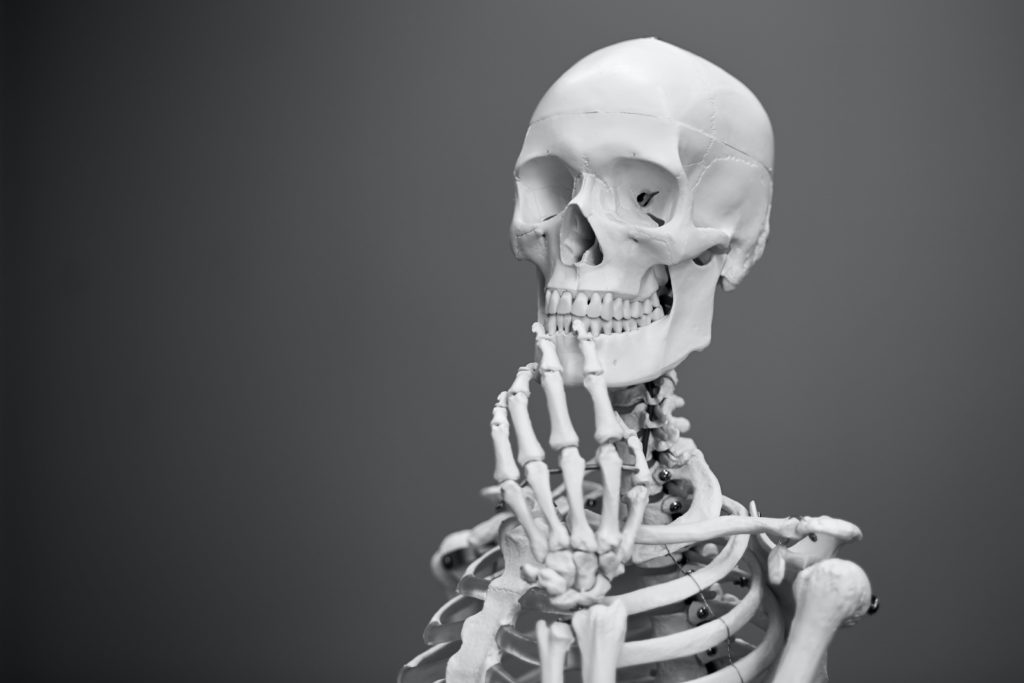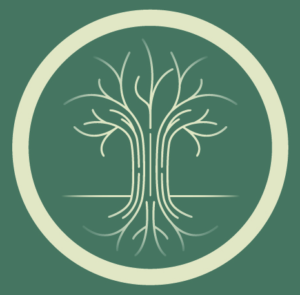Services
cranial & biodynamic osteopathy
A very gentle approach, cranial osteopathy aims to calm & support the nervous system, allowing the body to relax and release tension & imbalances. Ideal for babies, pregnant people & anyone preferring a lighter touch.
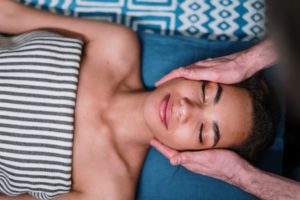
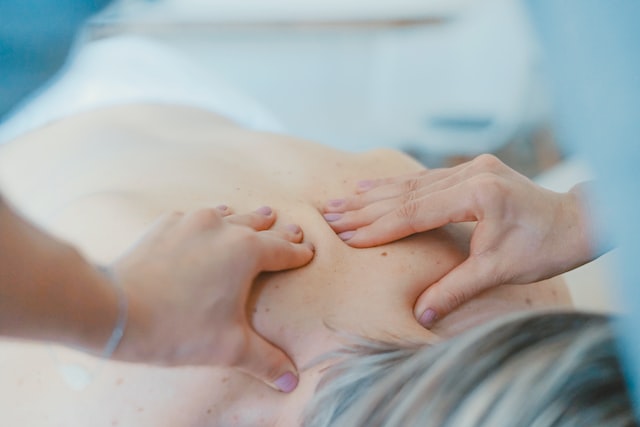
structural osteopathy
For those who enjoy a more vigorous treatment, structural osteopathy uses massage, fascial and soft tissue release and joint mobilisations to relieve tension and improve mobility of the spine, arms and legs.
visceral osteopathy
While internal organs are attached to the body and to each other by ligaments, many of their functions are controlled by the brain, spinal cord and nerves. By relieving tension in and around these ligaments & nerve structures, visceral osteopathy can help organs function better and relieve a wide array of symptoms.
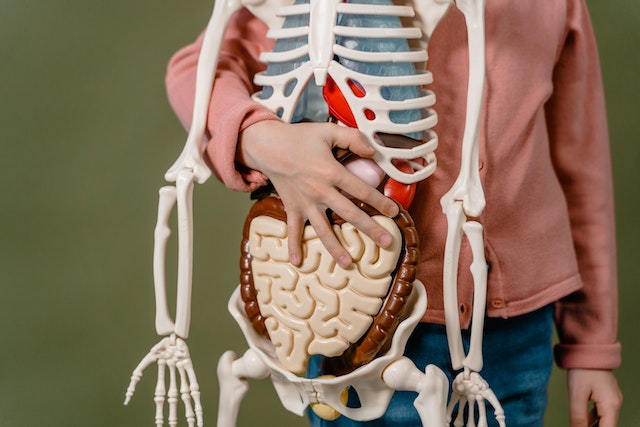
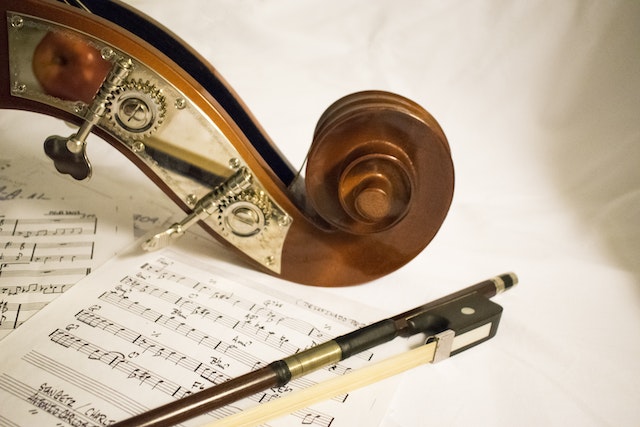
classical osteopathy
Applying gentle, rhythmic, circular stretching movements from head to foot, classical osteopathy is designed to improve the function of the whole body. The original British approach to osteopathy, this “body adjustment" approach is great for postural issues, promoting circulation, and when multiple parts of the body are causing pain at the same time.
functional range conditioning
Osteopathy works above all by reducing tension in the body so that strained and compressed tissues can move more freely. However to maintain and enhance the benefits of hands-on treatment, it's essential to build strength, stimulate nerves, and promote circulation using exercise. Functional Range Conditioning uses simple exercise routines to improve joint function to keep your mobility at its best.
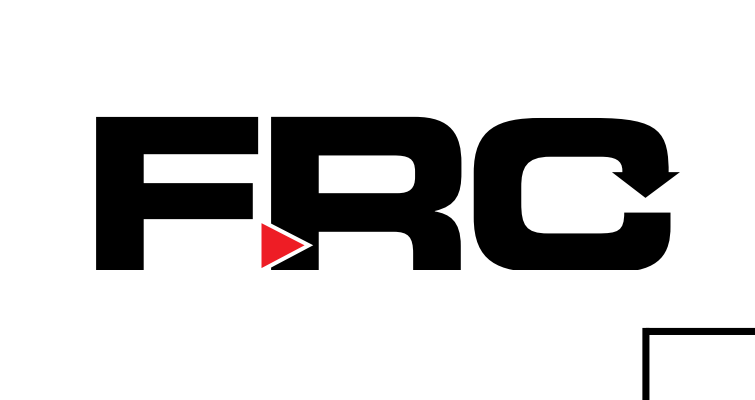
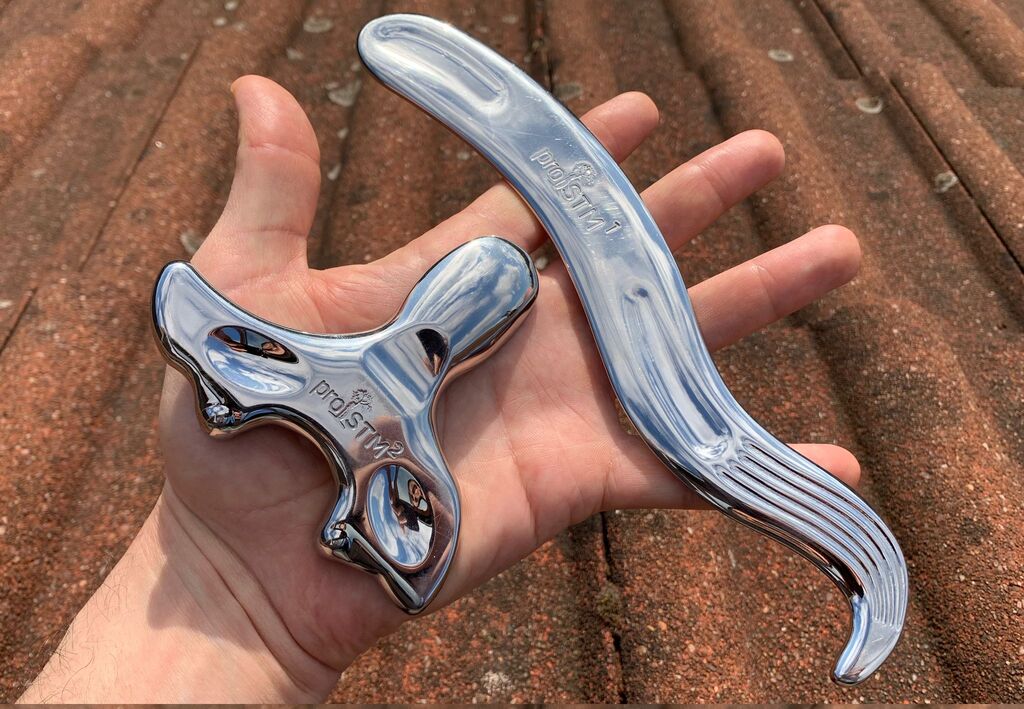
instrument assisted soft tissue mobilisation (IASTm)
Don’t let the look of these tools scare you off! It’s hard to use this clunky term neatly in a sentence but for stubborn muscle and tendon problems, this approach is extremely effective. IASTM can be especially useful for making quick, lasting changes to long-standing neck, shoulder, hip and thigh pain.
more Frequently Asked Questions.
People of all ages may benefit from the right type of hands-on care. Osteopathy offers plenty of gentle, low-impact methods of working with anyone who needs a lighter touch. From the start, many of Brendan’s patients have been upwards of 65 years old, with the eldest patient to date being 96! On the other hand, Brendan has continued to treat babies, infants, toddlers, pregnancy and women’s health issues ever since receiving specialist training to do so as part of his Master’s degree at the European School of Osteopathy. With over 1,000 hours of clinical experience, this 4 year university course included specialist clinics and courses in paediatric, obstetric and women’s health osteopathy.
Many headaches respond well to gentle, slow, calming techniques to relax the nervous system and to soften the muscles at the base of the head, down the neck and into the shoulders. In particular, headaches caused by muscle tension, desk work, mild whiplash or mild bumps to the head often respond very well to osteopathic treatment. In some cases, your headache may require you to visit your GP. Thanks to specialist training on headaches at the European School of Osteopathy, Brendan is well-equipped to evaluate your headache and determine whether osteopathy is right for you.
The answer to this question always depends on another question: why do you have pain there in the first place? Pain is a very complex part of the nervous system. Often, the body part causing the pain is not the part that feels the pain. As holistic “body workers”, osteopaths study how the whole body works together and are trained to connect the dots between your symptoms and the cause. Posture, desk work, manual labour and stress are common key contributors to body pain. But the only way to know what will help is to find out what’s causing the issue.
The most important thing is to make sure that you are OK. Minor bumps and whiplash, and the neck/shoulder pain that come with them, often improve quickly with gentle cranial osteopathy. Moderate head trauma and whiplash may merit a preliminary visit to the GP or even A&E, while severe cases definitely require medical investigation before osteopathic treatment. The following NHS guidelines for head injuries/concussion and whiplash describe severe symptoms that need to be addressed by your GP or A&E.
Absolutely! Osteopathy can help relieve the pain and other problems associated with most common, minor injuries. If you have a recent minor injury, the first thing to do is follow the “PRICE” protocol Longstanding knock-on effects from major injuries often also respond well to osteopathic treatment. With specialist training in sports osteopathy from the European School of Osteopathy, we can help you recover and rehabilitate damaged tissues, weakened muscles and dysfunctional joints. Of course, if you have a broken bone, dislocated joint or torn ligaments, you should visit your GP or A&E before consulting an osteopath.
